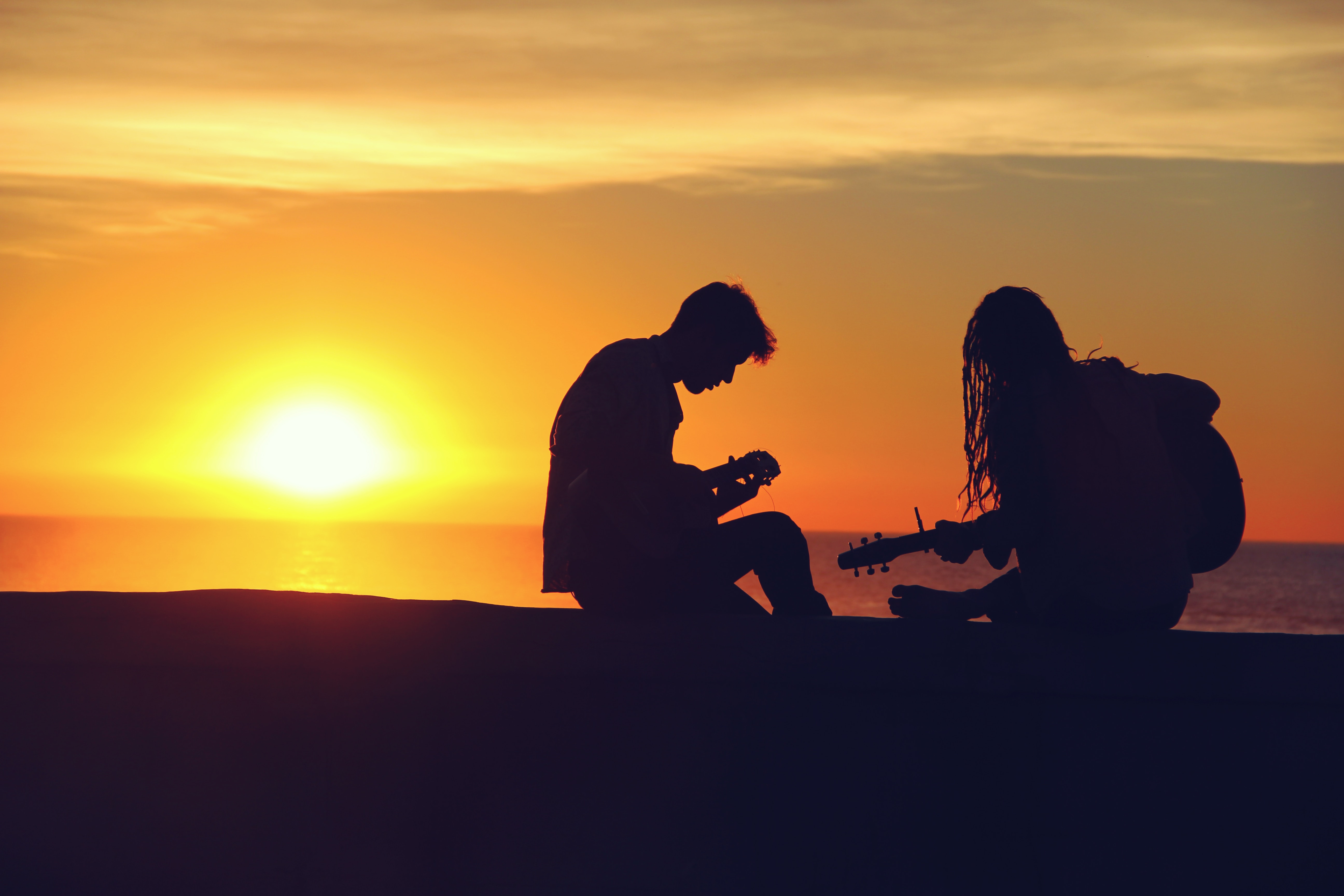Before there were instruments, nature provided music for humans. Music is vibration, tone, patterns, rhythm and harmony. These same energetics influence all of nature, including humans, which makes music a powerful resource. As vibrational beings, we are able to communicate, entertain, and heal with different types of music.
How does music heal?
Modern science shows that certain kinds of music support a wide array of physical, psychological, neurological, and social benefits. Uplifting music is good for the heart, increasing blood flow, and boosting the production of dopamine. Various vibrations can alleviate anxiety and depression, and studies have shown that music can trigger the brain to release chemicals that distract the body from pain.
While the earliest known reference to music therapy dates back to 1789, music has been used as therapy since ancient times. Apollo, Plato, Aristotle, and Hippocrates are just a few prominent figures who supported music or integrated music into their health practices. Greek physicians used flutes, lyres, and other musical vibrations to treat patients with disorders from insomnia to digestion to mental health. Over time, humans have adopted a myriad ways to use music as a healing tool.

Here are eight creative ways to use music for healing:
Drumming / drum circles: For thousands of years drums have been used in healing ceremonies, and as a cultural hearth for community wellness and entertainment. A simple drum that replicates the rhythm of a heartbeat can encourage deep emotional healing.
Crystal bowls / tibetan bowls: Singing bowls are often comprised of metal or crystal, each offering a specific vibration and tone. When the bowl is struck, it vibrates a specific pitch that resonates deep in the body to soothe the nervous system, reducing stress and other ailments.
Chimes / tuning forks / gongs: These vibrational tools are a great way to tune up the body and bring yourself into greater balance. Like singing bowls, chimes, forks and gongs vibrate a tone that resonates in the body.
Chanting / mantras / kirtan: Popular in Hindu and Buhddist cultures, one uses their own voice to sound specific words and phrases that hold intention. Many mantras have been around for thousands of years and are used daily as a form of prayer, meditation, and healing. You may feel drawn to chant alone, or attend a kirtan, which is an evening of chanting in a group setting.
Singing / instrument playing: Making music on your own is one of the greatest instant mood-shifters. You can change your vibration simply by singing to yourself. Creating music with others offers additional social benefits.
Instrumental music / classical: From Beethoven to Bach to Chopin, classical music is not only pleasurable to hear, it can ease your worries and even help reorganize the brain.
Earth music: Get out into nature and tap into your ancestral roots by spending time outside with your senses open, receptive to the music nature creates around you. Listen to the winds play in the leaves, the buzz of a bee, the singing of birds, or the crash of ocean waves.
Live music: The experience of live music instantly taps into the wild, untamed part of human nature, making it an excellent resource for times when you’re feeling disconnected and overly domesticated. Orchestras, concerts, operas, places of worship, and local musicians at a neighborhood cafe all offer us ways to benefit.
Music is a foundational resource and cultural connector that allows us to clear our mind, shift our mood, share our stories and connect with community. The human body is constantly resonating, and music is a fundamental vibration that ripples through and influences us. Get creative and harness the power of music to improve your life.





